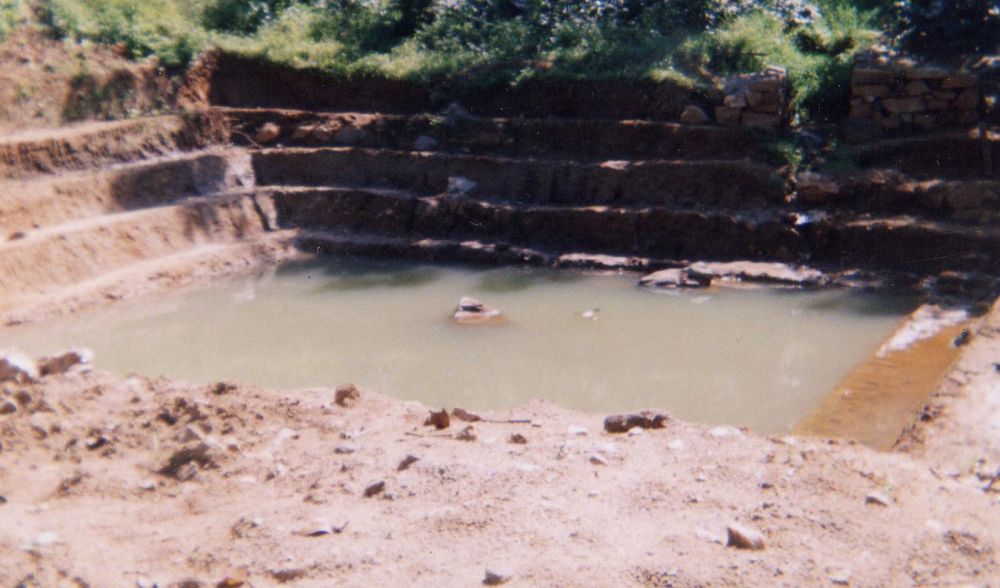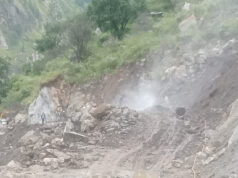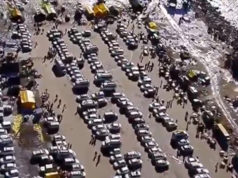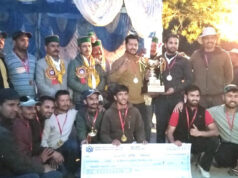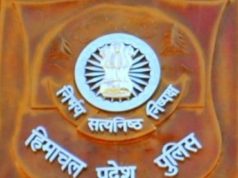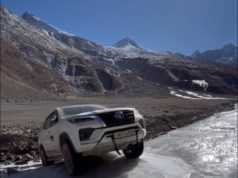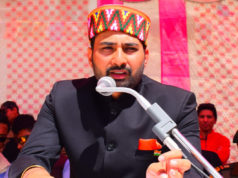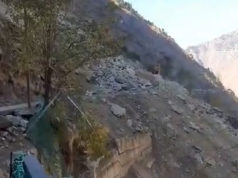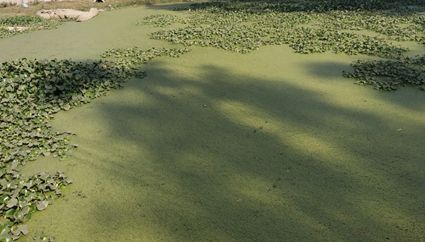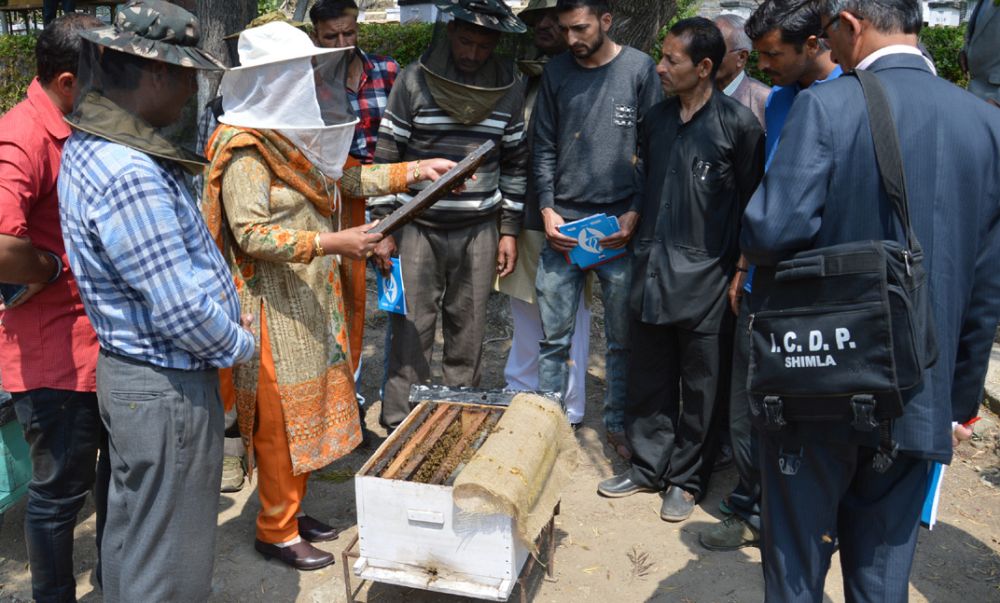The Mid-Himalayan Watershed Development Project being implemented by the State government has proved to be a great boon in terms of preserving the natural resources and protection of soil erosion besides ensuring substantial improvement in the economy of the people residing in project implementation areas.
The project was implemented in October, 2005 with the assistance of World Bank in ten districts of the State except the two tribal districts- Kinnaur and Lahaul-Spiti. Initially, 602 gram panchayats of 42 development blocks were covered under the project. However, considering the fruitful results of the project, those panchayats were also brought under the ambit of this project which were being covered under micro watershed programme, but were not a part of the original project. Additional financial support was provided by World Bank in 2012 for such panchayats for comprehensive watershed treatment and effective source sustainability. Later on, 108 additional gram panchayats of three districts were included under project with increase in project amount to Rs. 630.75 crore from Rs.395 Crore. The duration of the project was also extended from 2013 to March, 2016.
The impact of Mid- Himalayan Watershed Development Project was highly significant as it succeeded in achieving its objectives. As many as 4932 user groups were formed for managing natural resources in a sustainable manner under this project, which gave a new dimension to the development of the State. Around 70 percent area was covered under plantation which remarkably contributed to conservation environment.
Keeping in view the fact that economy of the State is largely dependent on agriculture and allied sectors, major thrust was given to increase the availability of water through conservation and maintenance of natural water resources. As many as 8961 water harvesting structures with 10.78 lakh cubic meter capacity were set up besides construction of 241km long irrigation channel. This helped in bringing diversification of agriculture sector as production of high value crops resulted in reasonable enhancement in income of the farmers.
3219 hectare of land was covered under plantation under this sub project during year 2013-14. The verification of bio-carbon plantation by independent agencies was got done and report has already been accepted by United Nation Framework Convention on Climate Change (UNFCCC). The State received carbon revenue to the tune of Rs.1.63 crore which has been transferred to Divisional Watershed Development Officers (DWDOs) for further distribution to the panchayat beneficiaries.
The Clean Development Mechanism (CDM) Bio- Carbon Project which is the major component of this project is being implemented in 4003.07 hectare area of 177 panchayats which include 3176.86 hectares of forest land, 293.06 hectares of community land and 533.15 hectares of private land. The objectives of the sub-project are to sequester greenhouse gases by expanding forests on less fertile lands and creating a carbon sink. Along-with the carbon credits, the project is giving multiple benefits to the poor farmers by fulfilling their needs of timber, pulpwood, firewood, minor forest produces etc.
The CDM has not only provided carbon credits but has also gone a long way in protecting soil erosion and prevention of lands vulnerable to landslips. It has helped in development of organic diversification and plantation benefited the local communities through production of various produces thereby providing self-employment opportunities.
During this period 33 thousand metric tonne vermin compost was also produced and intervention on arable lands resulted into increase in wheat production by 14 percent, maize by 13 percent and milk yield by 11.55 percent. More than 32 livelihood activities were implemented by 4174 common interest groups. These concerted efforts have resulted in increase in the per capita income of the State which has gone up to 93 percent.
The carbon credit period of the project follows 20 years cycle of payment. The period of Mid Himalayan Watershed Development Project would end in March 2016 but the State government has sought the intervention of the government of India to take the issue with the World Bank to extend the period of the project by one year so that the amount pending under the project could be spent on developmental activities.


